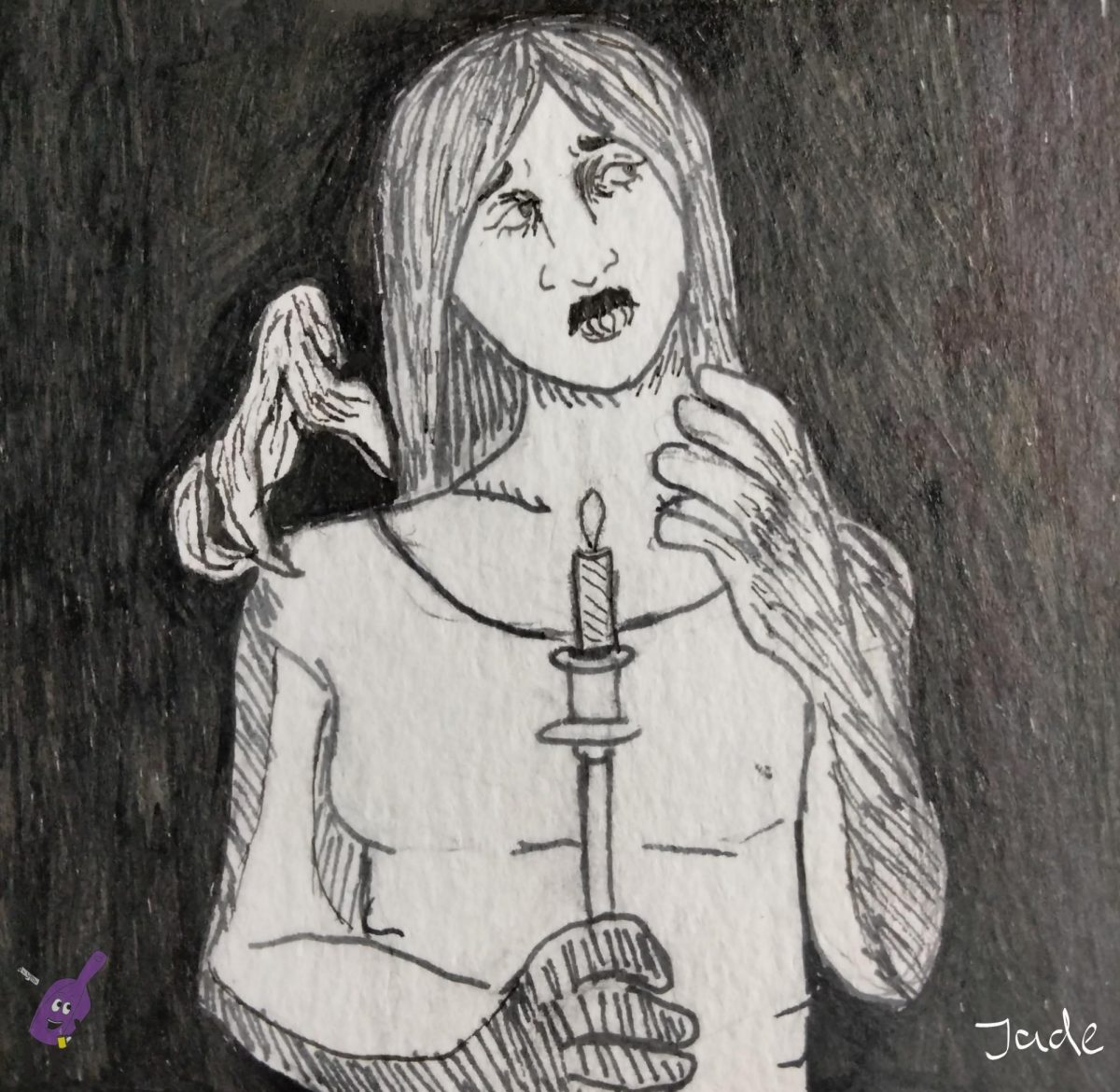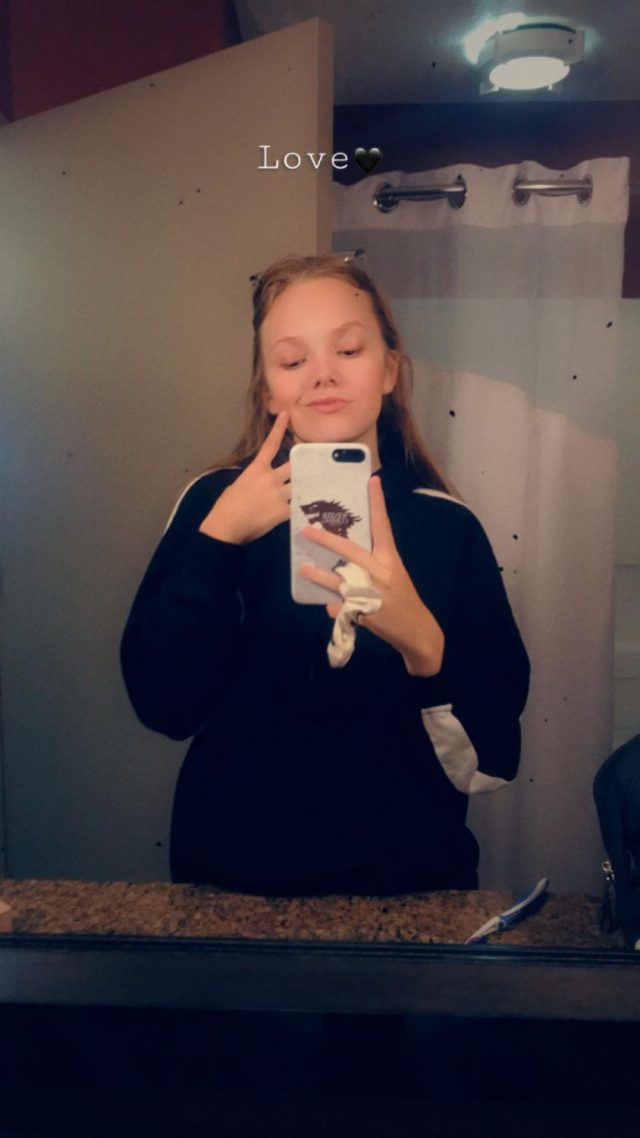When talking about phenomenons, there’s a lot to uncover. Our world has so much to offer, and with how big it is it’s easy to see how some things can go unexplained. Take Bigfoot, for example. Many people say he exists, and there appears to be photographic and video evidence of him existing…yet there’s still doubt. Phenomena is defined as “a fact or situation that is observed to exist or happen, especially one whose cause or explanation is in question.”
When talking about all things horrifying, one of the biggest phenomenons that are mentioned are ghosts. Everyone’s heard of them, whether through pop culture, the media, folklores, myths, legends, family stories, or your own personal experiences. It’s hard to miss something as significant as a ghost in the media. Most commonly countless videos depict women with long black hair in white dresses, though there are many varieties of ghosts.
In general, the definition of a ghost is based on ancient ideas that a person’s spirit exists separate from the body, and may continue to exist after the person dies. There are many different types of ghosts as well, such as poltergeists, demons, and vengeful spirits. Some are described as more violent than others, and they’re often categorized based on how active and aggressive they seem.
Ghosts are classified as a supernatural phenomenon, which means that while they’re acknowledged, they’re not really natural. Scientists often refuse to believe they’re real. They all say that it’s simple, and that facts choose to show that ghosts can not exist. Despite this, millions of people believe they have come into contact with a ghost in their lifetime (and some people even claim to be able to see them). However, if scientists say ghosts don’t exist…then how are all of these reported encounters possible?
Stories and legends about ghosts reach way back, several hundreds of years ago. Believed to be the first depiction of a ghost, this 3,500 year old Babylonian tablet is said to be a guide of how to “[exorcise] ghosts”. After that, many stories in the first centuries A.D. have come to life. Roman Author Pliny the Younger recounts a ghost (or a specter, as they called it) in the form of an old man with a long beard and raggedy chains that haunted his house in Athens.
Ghosts are as old as time themselves, it seems to have appeared. If that’s the case, then is it still concrete that they do not exist? Historical records date back thousands of years which seem to depict ghosts and sightings. Are they all fake?
In today’s world, statistics show that about 2 out of 5 adults in the U.S. believe in ghosts, while 1 out of 5 say they’ve encountered one. If you crunch the numbers, that’s roughly 133 million people who believe in ghosts, and 66 million who say they’ve encountered one.
Despite this, physics says ghosts can’t exist. One of the most common things that people report ghosts can do is move objects. If a ghost can do this, then that means it is acting like matter and that it takes up physical space. If this is true, then ghosts cannot float through walls or simply vanish; that breaks the rules of physics. Aside from this, there’s really no evidence that a person can exist after death. We know so little about death and what happens afterwards (if anything).
In the day and age of social media, it has become very easy to spread videos of ghosts and hauntings. Similarly, with new technology, there becomes an easier way to create fake videos. Scientists have said that most videos that show ghosts can be a result of bad lighting and faulty equipment.
Another very common cause for people believing they’re seeing ghosts is carbon monoxide poisoning, which causes extreme hallucinations. There are other explanations, too, like infrasound, which induces paranoia yet is at a frequency too low for us to audibly hear.
As important as science is, facts have not inherently stopped people from believing in things that can be proven through evidence. Thousands of documentaries, movies, video games, and television shows have depicted ghosts, with some revolving around ghost hunting. Many YouTubers have created vlogs, showcasing supposedly haunted areas. Through all of these types of media and film, there have been several recordings and captures of ghost activity. This is enough evidence for many people to believe in ghosts, even if there’s a good explanation.
Of course, there’s also a lot of people who like to share ghost stories and personal experiences with ghosts. Stories are often widely spread around, and they make for good frights at a campfire. Nothing like a story about something haunting and horrifying before you sleep in a tent… all alone in the woods. While it can be simple to refute someone’s personal encounter with a ghost, especially with no evidence, how do we know that the person who encountered it isn’t lying?
Wouldn’t it just be so much easier to accept that they’re real? Ghosts are one of the most heavily documented supernatural occurrences in our world today, and despite that, they’re still unexplainable. Science denies them being real.
Even if we did accept that they were real, it most likely wouldn’t change anything. Supernatural hauntings are not the most uncommon thing in the world, and ghosts aren’t going to suddenly stop appearing if we all gain consciousness about them. As well, some people might find the idea of ghosts so uncomfortable and paranoia-inducing that they’ll refuse it, even if they have the evidence in front of them.
Ghosts are a major piece to the horror industry and genre as a whole, throughout our world and the media. You can’t really go anywhere without seeing something relating to ghosts, even if you try to avoid it. And while they might not actually be able to be proven, there are so many images and videos that anyone can find on any social media platform that might beg to differ.
So, maybe ghosts really do exist. Or maybe they don’t, and that carbon monoxide poisoning is getting to you… maybe try and leave your window cracked a bit.





